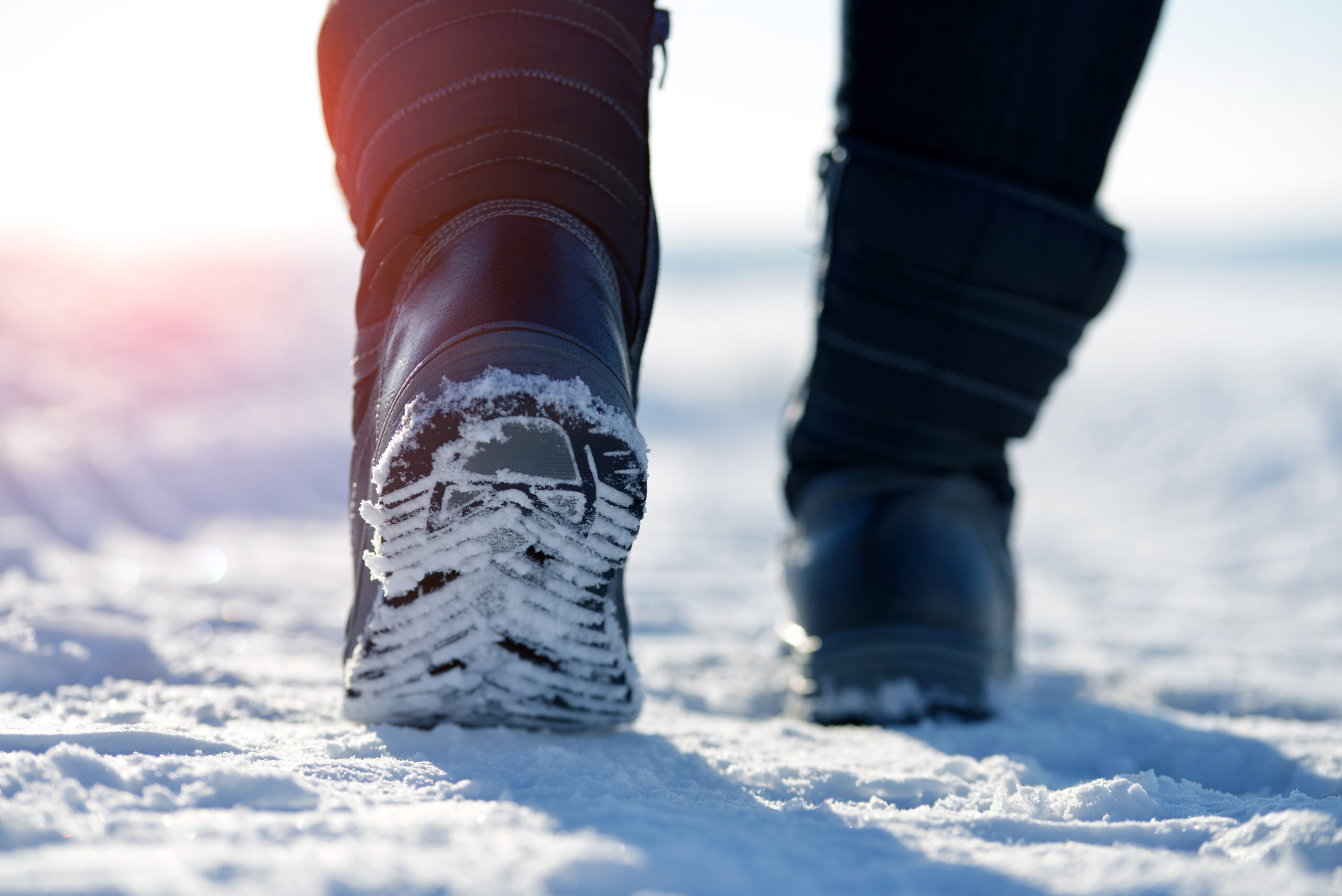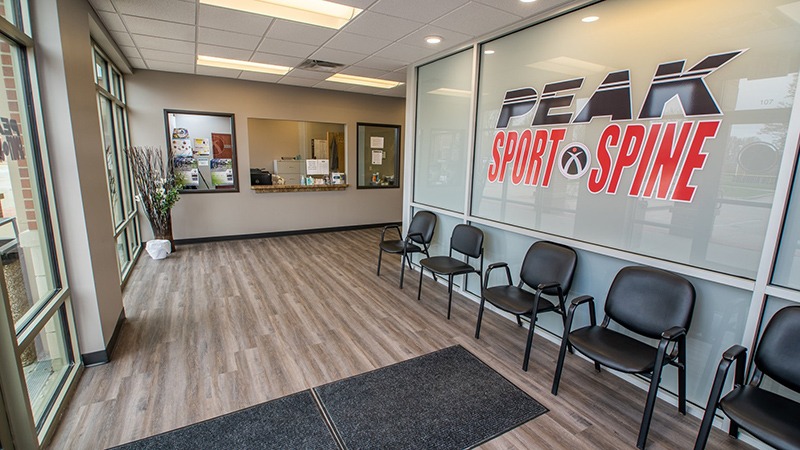Cold weather presents unique challenges when it comes to being active outdoors. Whether you are heading outside for your daily run or you simply need to shovel snow off the driveway, many people wonder if it is safe to exercise in cold weather. How cold is too cold? By following these tips, you can safely be active outdoors even when the temperatures are low.
Dress to Stay Warm and Dry
The first step to a successful cold-weather workout is dressing appropriately. Your clothing should keep you warm and dry from the start to the end of your exercise. Moisture-wicking materials are essential for the inner layer, as they draw sweat away from the body, preventing the chilling effect of wet fabric against your skin. This is crucial for maintaining body heat and comfort throughout your workout.
Wear Layers
Layering is a strategic approach to managing body temperature and comfort during cold weather. Start with a light base layer that wicks away sweat, add an insulating layer to retain heat, and finish with a waterproof and windproof outer layer to protect against the elements. This setup allows you to adjust your insulation by adding or removing layers as needed, based on your activity level and changes in the weather.
Apply Sunscreen
Sunscreen isn’t only for summertime! The winter sun, especially when reflected off snow, can still cause skin damage. Applying sunscreen to exposed skin protects against UV rays, preventing sunburn and long-term skin damage. This often-overlooked step is crucial for outdoor winter activities.
Wear Bright Colors
Visibility is key in winter, especially during the shorter days. Wearing bright colors or reflective gear makes you more visible to vehicles and other pedestrians, enhancing safety during your outdoor activities.
Protect Your Extremities
Your body prioritizes keeping your core warm, which can leave extremities like hands, feet, and ears vulnerable to the cold. Wear gloves, warm socks, and a hat or headband to protect these sensitive areas from frostbite and discomfort.
Stay Hydrated
Cold weather can reduce the sensation of thirst, but hydration is just as important in the winter as it is in the summer. Drink water before, during, and after your workout to prevent dehydration, which can impair performance and recovery.
Be Cautious on Ice or Snow
Slippery conditions significantly increase the risk of falls and injuries. Wear shoes with good traction and be extra cautious on icy or snow-covered paths. Adjust the intensity of your activities to keep yourself safe.
Warm Up Your Body
A proper warm-up prepares your muscles and cardiovascular system for exercise, reducing the risk of injury. Spend a few extra minutes on your warm-up during cold weather to ensure your body is ready for the increased demands due to the chilly temperatures.
Cool Down and Change into Dry Clothes
After exercising, take the time to cool down gradually and then change into dry clothes as soon as possible. This helps regulate your body temperature and prevents the chill that can come from sweat-soaked garments in cold weather.
Avoid Exercising in Extreme Conditions
There are times when outdoor exercise in cold weather is not safe. Extreme cold, high winds, a lot of ice, or severe winter storms can make outdoor activities dangerous. On these days, consider indoor workout alternatives to stay safe.
Snow Shoveling Safety
Snow shoveling, while a necessary winter chore, is also a strenuous physical activity that carries the risk of injury. To shovel snow safely, follow the above tips as well as these that are specific to snow shoveling:
- lift smaller loads
- keep your back straight while lifting
- avoid excessive twisting
- take frequent breaks
These precautions help prevent back strain and other injuries commonly associated with snow shoveling.
Seeking Help for Exercise-Related Pain
For those experiencing pain from exercising, whether from routine activities or the added strain of winter workouts, physical therapy can offer relief and rehabilitation. PEAK Sport and Spine provides expert physical therapy services tailored to individual needs, helping patients recover from injuries and improve their physical performance. If winter activities have left you with discomfort or injury, consider reaching out to PEAK Sport and Spine for professional support and guidance on your path to recovery.

